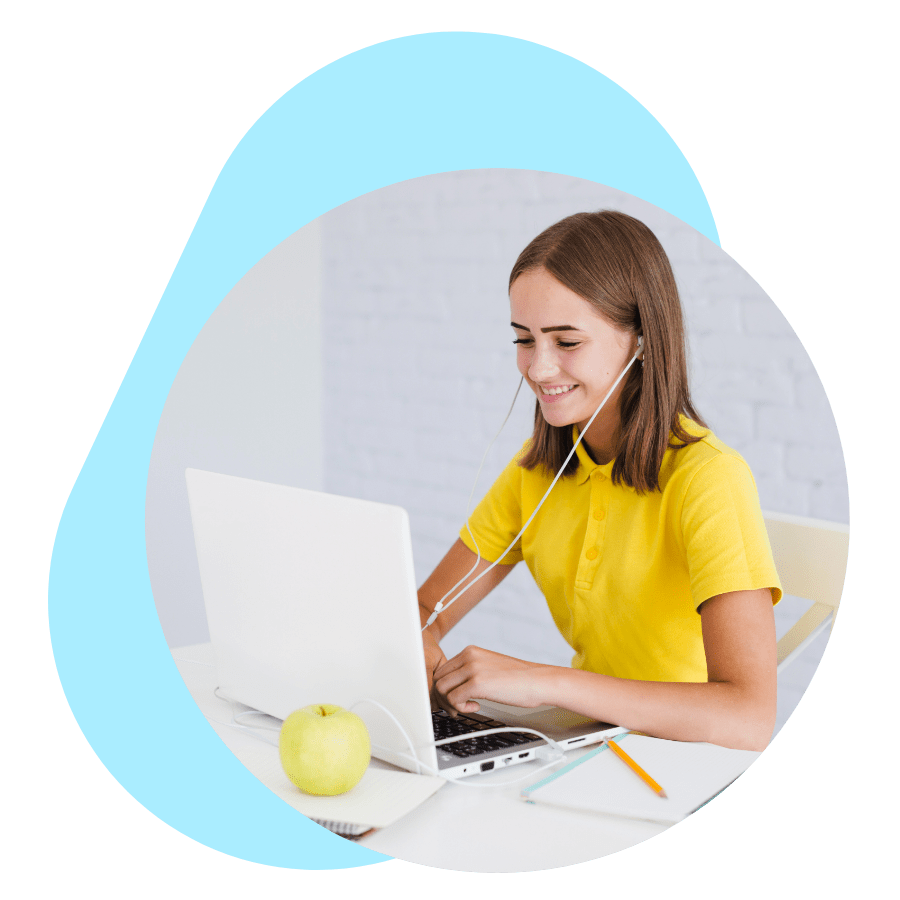1- Introduction
The Ocean in Numbers: Interesting Facts about the Ocean
Oceans are amazing sources of all forms of life. Here’s a list of some fun facts you may not know about the ocean
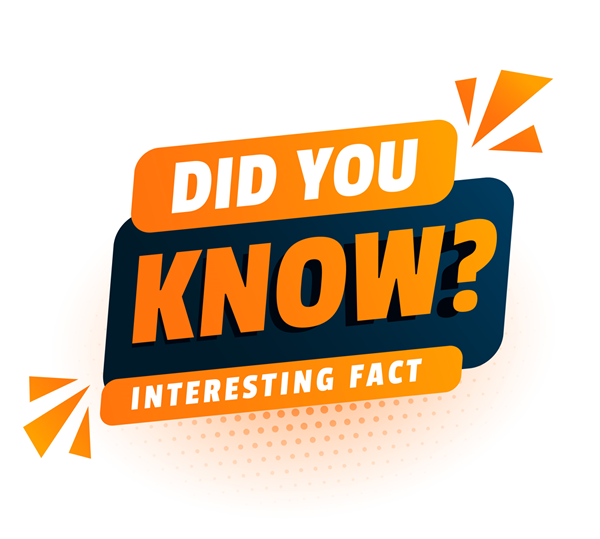 |
|
– About 90 per cent of ocean species have not been discovered because of the immensity of the ocean. – Only about 20 per cent of the ocean has been mapped, explored, and seen by humans. Thus, the rest of the ocean remains a mystery. – Only 3 per cent of all the world’s water is freshwater, whereas 97 per cent can be found in the ocean. – About 70 per cent of Earth’s surface is covered by sea water. – The biggest oceanic mass in the world in the Pacific Ocean, which covers 30 per cent of Earth’s surface. – About 70 per cent of the oxygen we breathe comes from the ocean. – It is estimated that about 95 per cent of the Earth’s wildlife (i.e., animals, plants, microorganisms, etc.) can be found in the ocean. |
2- Reading: The Ocean
The ocean is really important to support life on Earth because it is habitat for most wildlife, it provides us with oxygen and food, etc. Thus, you will read a text regarding some of the most important aspects there are to comprehend their relevance and raise consciousness on how important is to reduce ocean pollution.
2.1- How does the Moon Affect Oceans? Earth’s Tides
Have you ever wondered what makes the sea move? Well, the answer to that question can be found in tides. Tidal force is a phenomenon that occurs because of gravity. This can be explained as follows: gravity makes The Moon and The Earth move towards each other. Since the ocean’s density is lower than land, the water masses move, creating bulges that stick out from the closest point from Earth, and from the farthest one. In contrast, the two sides not affected by Moon’s gravity present low tides.
Look at the image below to get a better and more graphic idea on how tides work.
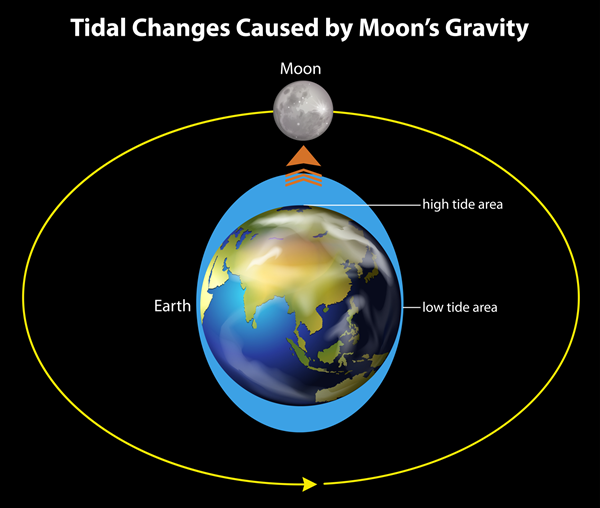
Does The Sun have anything to do with tidal force? In fact, it does. The Earth, Sun, and Moon line up twice a month. On the one hand, the New Moon phase comes in. On the other hand, their combined gravitational power creates high tides, as a result.
2.2- Marine Ecosystems
As the ocean provides shelter to more than 90% of Earth’s wildlife, we can find different marine ecosystems. Although experts differ on the exact number of ecosystems, we will review some of the most important ones.
a) Estuaries. They are areas where oceans and rivers meet. Estuaries provide all the nutrients and salt marine species need in order to survive; hence, these ecosystems can support human communities through fishing and transportation.

b) Mangrove Forests. As the name suggests, they are ecosystems where there are forests of mangrove trees, only found in tropical areas. These ecosystems are usually flood with ocean water, covering mangrove roots, which filter salt from water. These trees give shelter to a wide variety of marine creatures and animals (namely fish, crabs, shrimp, reptiles, amphibians, etc.) and nesting for birds (on treetops).
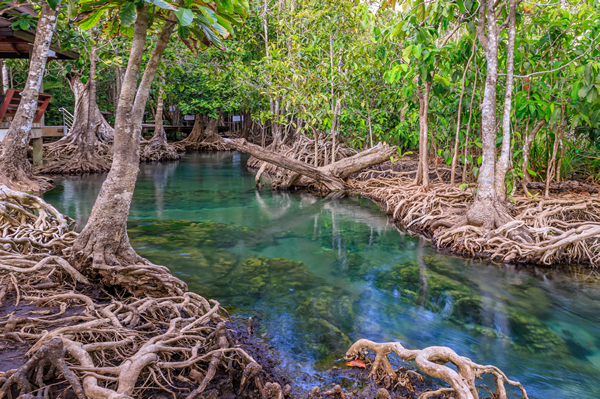
c) Coral Reefs. In the tropical zones, coral reefs form from the accumulation of a substance secreted by some marine species, e.g. coral, anemones, etc. They create complex structures that shelter many different marine species, such as sponges, crustaceans, fish, turtles, dolphins, and so on. Coral forms in euphotic zones, which can actually be described as the layers of sea that are closer to surface and receive enough light for photosynthesis to occur.
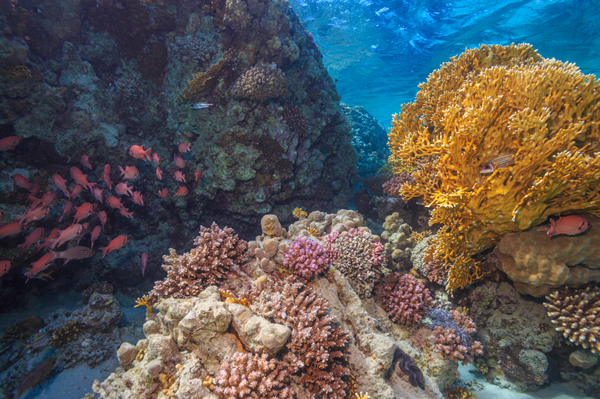
d) Salt Marshes. These ecosystems can be found where sea and land meet, making the soil wet and salty. These ecosystems are usually filled with grass, fungi, and algae. Some species we can find in salt marshes are invertebrates, such as snails, mussels, crabs, shrimp, etc.
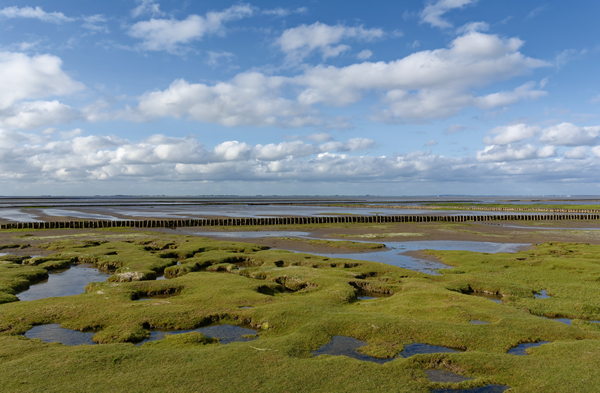
e) Open Ocean. As the ocean is an immense mass of saltwater that covers about seventy percent of our planet surface, there are ocean zones that receive plenty of light and oxygen to provide shelter for different species, such as dolphins, octopi, whales, sharks, and so on.
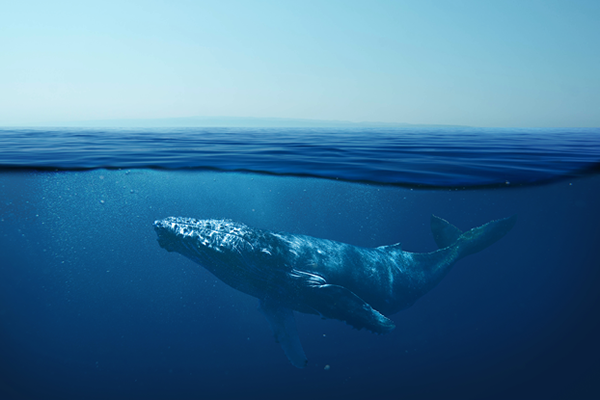
f) Deep Ocean. The depths of the ocean usually receive little sunlight and oxygen. Nevertheless, some marine species have adapted to those conditions. For instance, some species of invertebrates like jellyfish produce light from proteins (a process called bioluminescence).
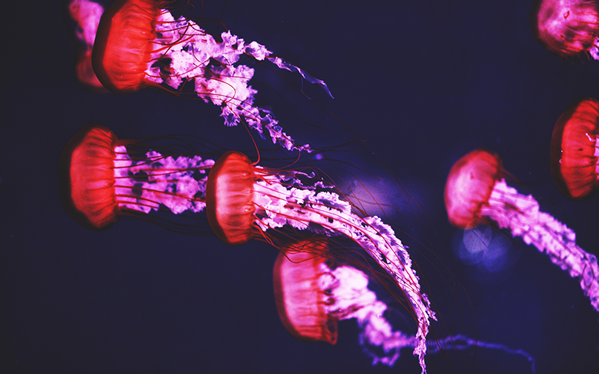
|
Glossary Bulge (noun): A round or curved shape that sticks out from some parts of the ocean when the tide is high. Flood (verb): To fill or to be filled with water. Roots (noun): The part of a plant or tree that grows under the ground and absorbs water and minerals to make the plant grow. Invertebrate (noun): Animals or creatures that do not have backbones (also known as spine), such as jellyfish, worms, snails, etc. Spills (noun): It refers to liquid substances going out or falling out of the place they are held/contained |
2.3- Ocean Pollution
Sources of water pollution are diverse. On the one hand, there are some natural causes for water pollution, for instance crude oil (also called petroleum) spills and natural gas coming from underground sources. On the other hand, human activity contributes to water pollution, as well.
For instance, sewage that has not been properly treated produce high quantities of methane gas and contaminates water.
Also, fertilizers used in agriculture travel through rainwater into streams, rivers, lakes, and the ocean. Fertilizers are high in nitrogen and phosphorus to make plants grow. Thus, algae grow and take oxygen from the ocean, which kills different marine species.
Additionally, garbage (especially plastic bags, bottles, etc.) thrown in land might be blown by wind to the sea.
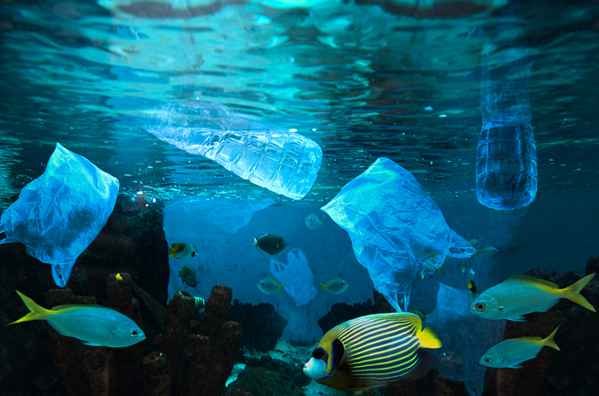
What can we do to protect our oceans? In fact, there are lots of actions we can do in our everyday lives to help the oceans, such as composting to make soil more fertile instead of using chemical fertilizer, disposing your garbage in trash cans instead of the street, etc. (You will learn more about this topic though content “Types of pollution”).
3- Vocabulary: Connectors (also known as linking expressions or cohesive devices)
There are different connectors we can use for different purposes and even though you have already learnt some of them in previous contents, there are still some connectors we can use for different purposes such as expressing effects or consequences, comparison or contrast, cause, facts and/or emphasis, and contrast.
Let us see a table containing useful information related to use and examples.
| Connector | Meaning/Use | Examples |
| Thus |
To introduce effects or consequences. |
– Fertilizers are high in nitrogen and phosphorus to make plants grow. Thus, algae grow and take oxygen from the ocean, which kills different marine species. |
| Whereas | To compare or contrast two ideas. | – Only 3 per cent of all the world’s water is freshwater, whereas 97 per cent can be found in the ocean. |
|
Because of (used only before a noun or noun phrase) As (used only before a complete sentence) |
To express a cause. |
– About 90 per cent of ocean species have not been discovered because of the immensity of the ocean (noun phrase).
– As the ocean provides shelter to more than 90% of Earth’s wildlife (complete sentence), we can find different marine ecosystems. |
|
In fact
Actually |
To express facts and/or emphasize ideas. |
– In fact, there are lots of actions we can do in our everyday lives to help the oceans. – Coral forms in euphotic-zones, which can actually be described as the layers of sea that are closer to surface and receive enough light for photosynthesis to occur. |
|
Nevertheless Nonetheless |
To express exception or contrast. |
– The depths of the ocean usually receive little sunlight and oxygen. Nevertheless/Nonetheless, some marine species have adapted to those conditions. |
|
On the one hand…on the other hand… (idiomatic expression) |
It is used for two purposes: to express two opposite ideas, or two state two separate ideas. |
– On the one hand, there are some natural causes for water pollution. On the other hand, human activity contributes to water pollution, as well. (Two opposite ideas) – The Earth, Sun, and Moon line up twice a month. On the one hand, the New Moon phase comes in. On the other hand, their combined gravitational power creates high tides. (Two opposite ideas) |
4- Practice Activity
Read the idea below and paraphrase it using different connectors. Remember, there is more than one correct answer.
|
There is not enough light or oxygen in the depths of the ocean, but some species manage to survive by adapting to environmental conditions. |

4.1- Analysis and Suggested Answers
a)

b)
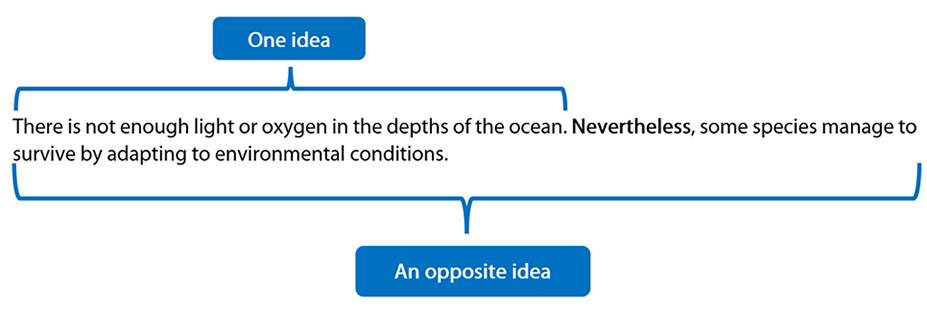
According to the sentence, there is not enough context provided to use the connector ‘on the one hand…on the other hand…’. However, if we had to use it, we would have to add another idea. For instance:
|
Deep ocean ecosystems have some fascinating characteristics. On the one hand, there is not enough light or oxygen in the depths of the ocean. On the other hand, some species manage to survive by adapting to environmental conditions. |
References
Montemurno, M. (2020) How does the moon affect our ocean?
NASA (2017) When the Earth, Moon, and Sun align.
National Geographic (n.d.) Pollution.
National Geographic (n.d.) Marine Ecosystems.
National Geographic (n.d.) Ocean.
National Geographic (n.d.) Ocean Facts!
Science.Com (2019) This Jellyfish Makes Glowing Proteins Previously Unknown to Science.
Vogel, N. (n.d.) Moon in Motion: Tides.

